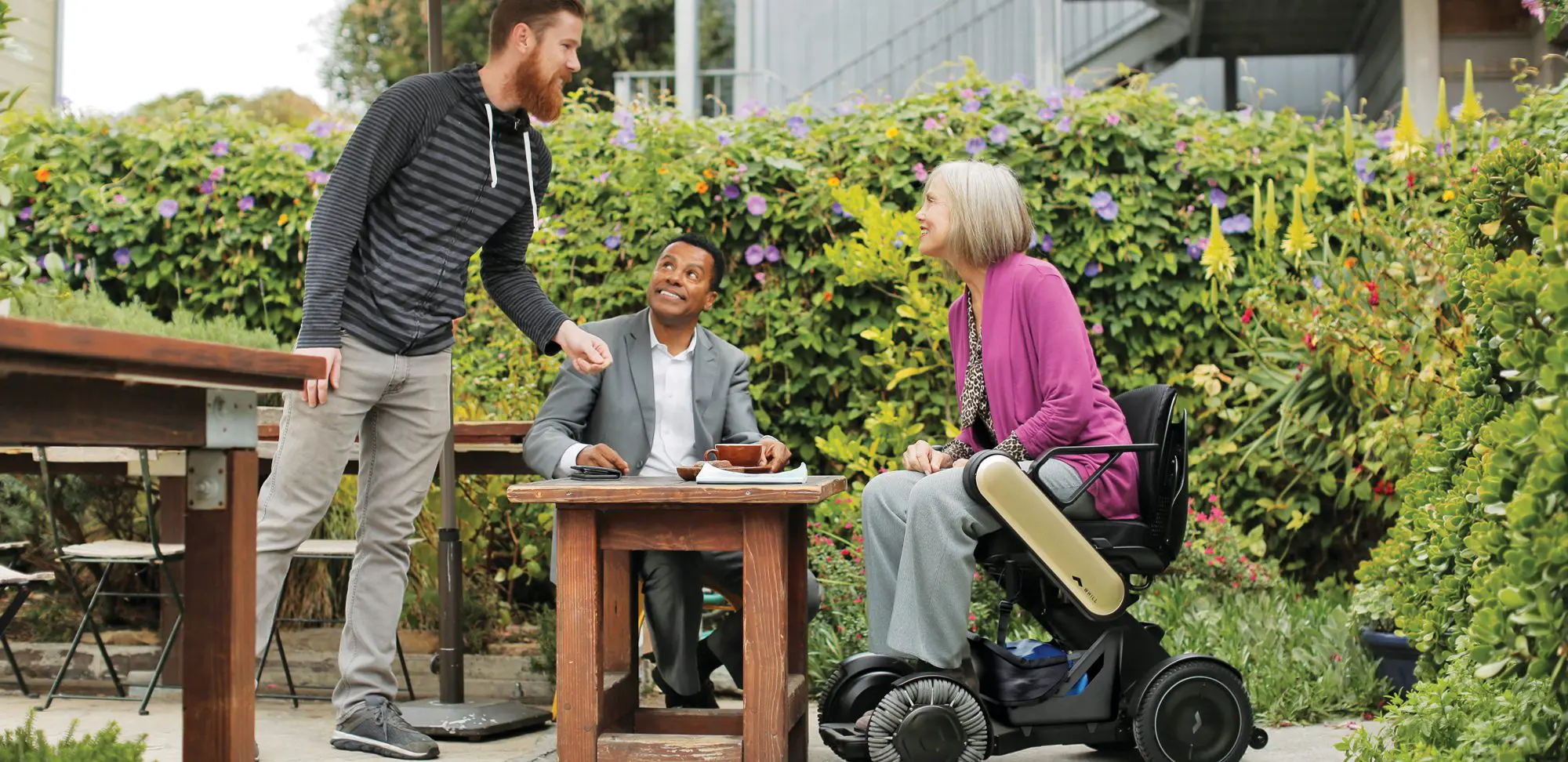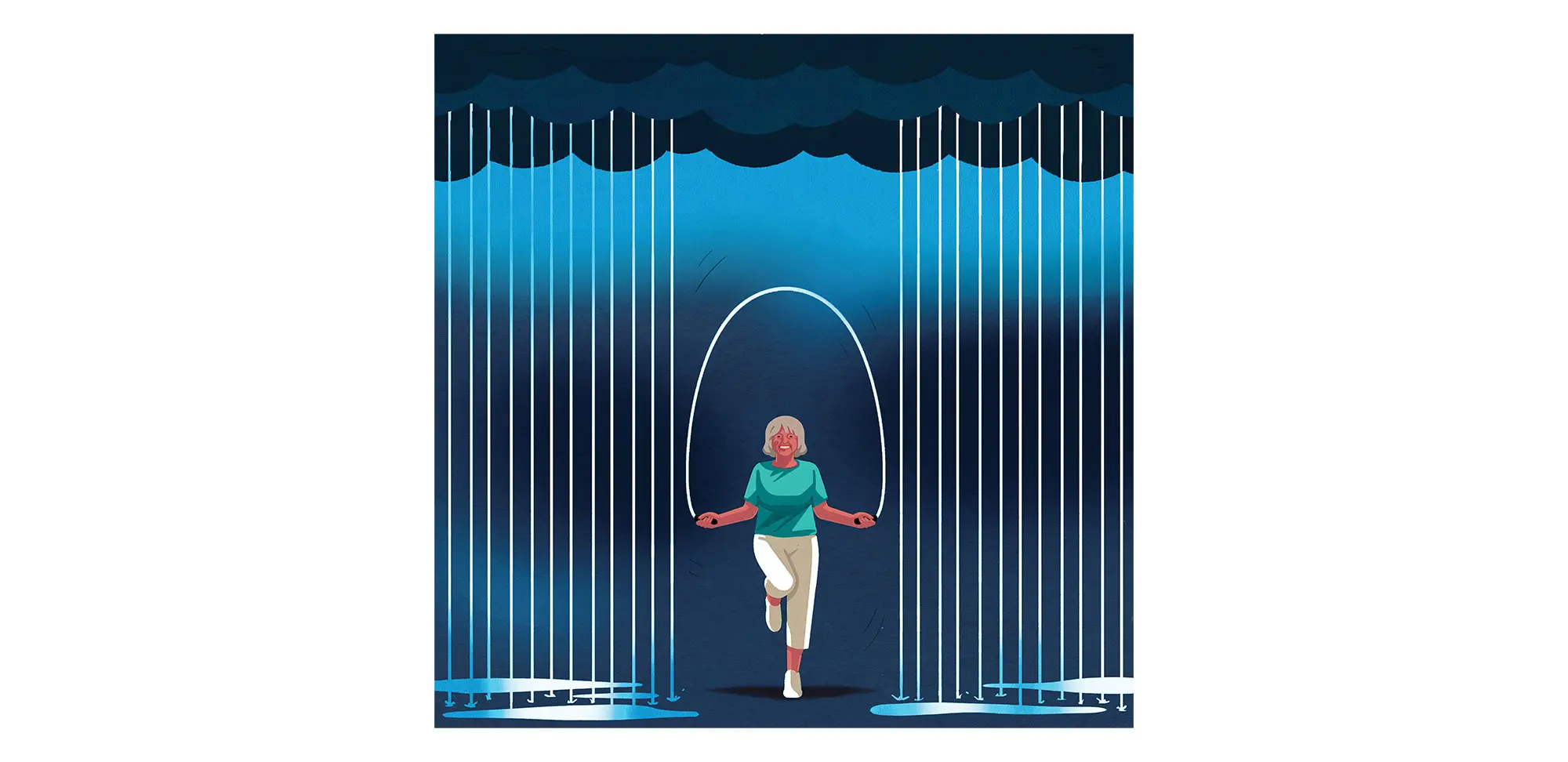You know that sitcom stereotype: crusty senior, confused about how to use a computer, can’t dial a cellphone and unwilling to embrace new technology, no matter how useful it is. Well, that is no longer true — it probably never was anyway — and now tech for seniors is so mainstream that it has its own buzzwords: gerontechnology if you’re being formal or silver tech among friends.
In July 2020, Age-Well, a network of organizations working in gerontechnology, and Environics Research polled Canadian seniors to see how COVID-19 was changing their use of tech and online services. The results showed that, across the board, Canadians over 65 are using more technology. A lot more. Two-thirds own a smartphone (up from 58 per cent in 2019) and 83 per cent of them use it every day. Seniors report making more video calls, using social media more often (88 per cent access the internet daily) and consuming more entertainment via streaming services. And they’re happy about it: 61 per cent feel technology has a positive impact on society.
Luckily, inventors and entrepreneurs are hard at work developing new technologies to satisfy the senior appetite for tech. Here are 20 — some available now, some coming soon — to watch out for.
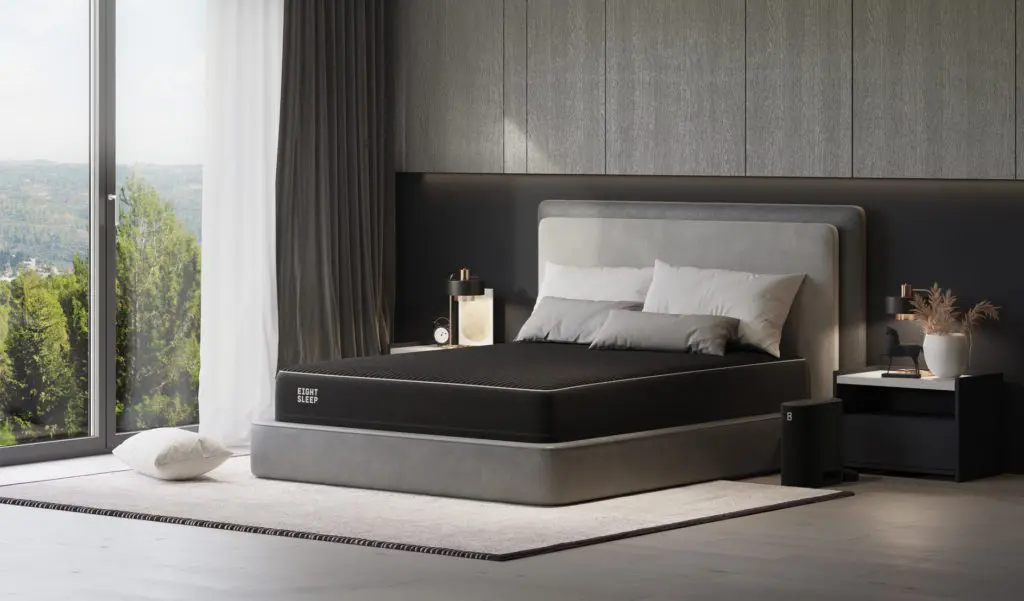
1. It’s no secret that temperature affects sleep, but Japanese research suggests this particularly applies to seniors, who sleep poorly when their beds are too warm. The Pod mattress from Eight Sleep circulates water through thin channels to adjust the surface temperature throughout the night, based on your preferences, sleep science and sensors monitoring your breathing patterns, heart rate and body temperature. Each side of the bed is independently controlled, so your partner will be as comfortable as you are (and less likely to steal the covers). At wake-up time, a built-in alarm vibrates at chest level and gently cools the bed. From US$2,545 (not yet available in Canada). eightsleep.com
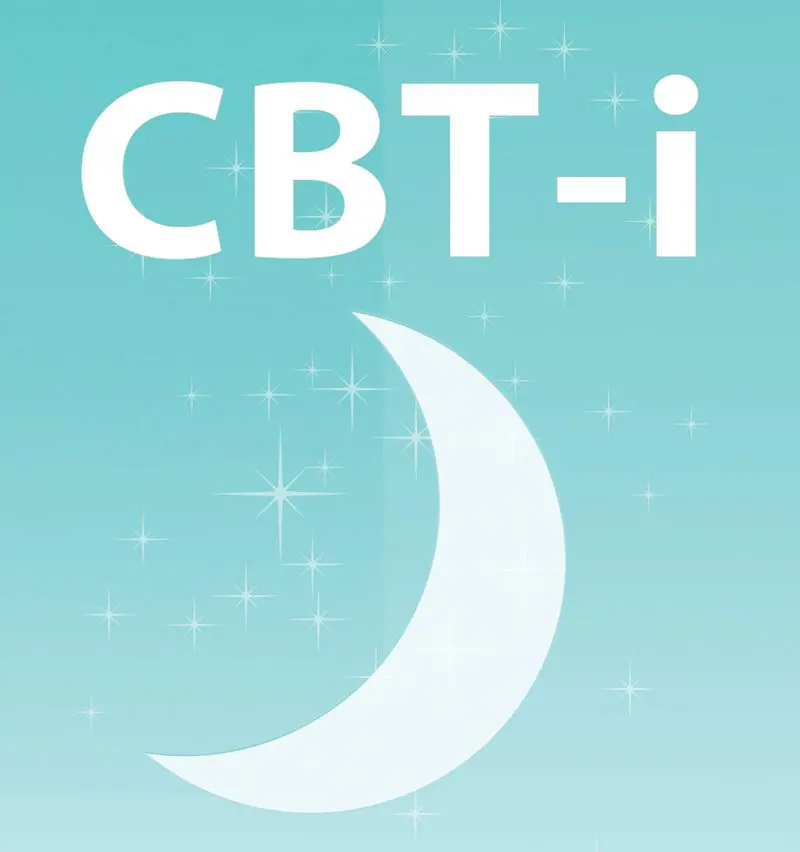
2. If you’re not ready to get a smart mattress, try one of these sleep-inducing smartphone apps. The CBT-i Coach app, developed by the United States Department of Veterans Affairs, teaches cognitive behavioural therapy techniques to quiet your mind before sleep. The Sleep Cycle app uses your phone’s microphone and motion sensors to track and score your nightly sleep patterns, and its alarm wakes you gently when you’re in the lightest part of the sleep cycle. The Calm app features celebrities, including Joanna Lumley and Matthew McConaughey, reading grown-up bedtime stories. Available for iOS and Android devices, CBT-i Coach is free, Sleep Cycle has a free tier and allows you to purchase add-ons in the app, and Calm has a free tier and various subscription levels.
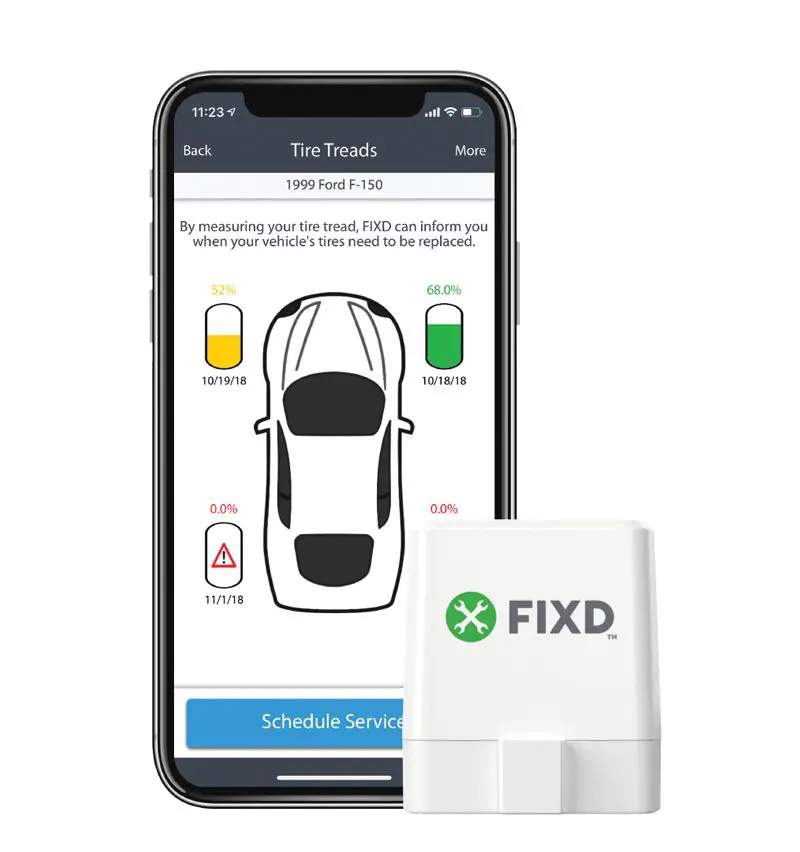
3. Is the “check engine” light in your car on? Again? Fixd is a sensor that can help you decide whether to ignore the light; fix something simple, like a loose gas cap; or drive straight to your mechanic. The device plugs into your car’s diagnostic port to identify why the light is on — and whether the problem is serious or not. Once you’ve dealt with the cause, Fixd will help you turn the light off. It also alerts you when a serious engine issue develops or the car needs scheduled maintenance. $75.99. fixd.com

4. The Apple Watch is more than just a wearable smartphone. The device senses the acceleration pattern that indicates a hard fall and can call emergency services — unless you start moving again or respond to the alert. It’s not perfect (high-impact exercise can trigger a false alert), but advocates think it’s more likely to be worn than the unstylish fall-detection pendants that Age-Well’s principal investigator, Alex Mihailidis, calls “stigmatizing” and likens to cowbells.
An Apple Watch can also read the colour of your blood through the thin skin on your wrist to monitor your blood oxygen level. The reading isn’t as accurate as the one you’d get from a dedicated pulse oximeter, which scans the colour through a fingernail, and it may be thrown off by darker skin and tattoos, but the Apple Watch scores well for sensing abnormal pulse patterns that can indicate atrial fibrillation (AFib). In a 2019 Stanford University study, Apple Watch alerts matched the accuracy of an electrocardiogram 84 per cent of the time. The study’s senior author, Dr. Mintu Turakhia, says the watch’s best use is to prompt people who don’t know they have AFib to get it checked out. Series 6 starts at $529. apple.com/ca
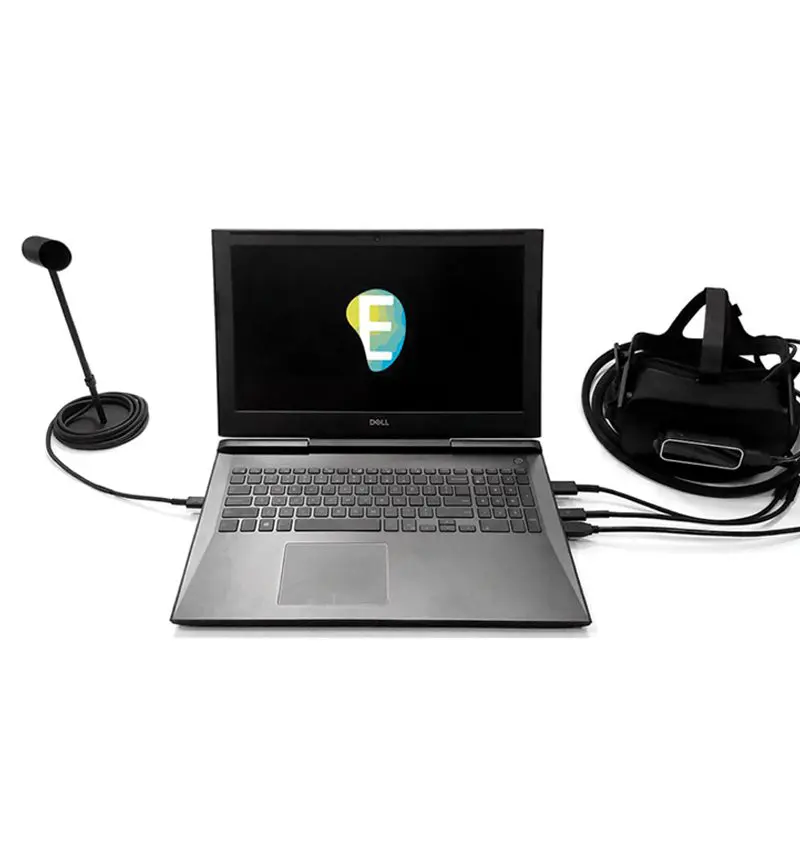
5. Do you ever wish a doctor, nurse or other health-care provider had experienced the situation you’re facing? Embodied Labs is a training program for caregivers that uses virtual reality headsets to simulate the experience of macular degeneration, dementia or Parkinson’s disease. A caregiver can also role-play to better understand the experience of LGBTQ seniors or seniors with terminal cancer in the health-care system. Inquire for pricing. embodiedlabs.com

6. OK, you don’t really need to turn your phone’s camera into a microscope, but examining fingerprints, human hair, plant parts and more up close is fascinating and fun. The iMicro Q2 is a fingertip-sized accessory lens that fits over any phone’s camera lens, allowing you to view and photograph tiny objects at 800 times magnification and roughly 1 micron resolution. It offers optical performance comparable to that of a desktop microscope. $39. kickstarter.com (search iMicro Q2)
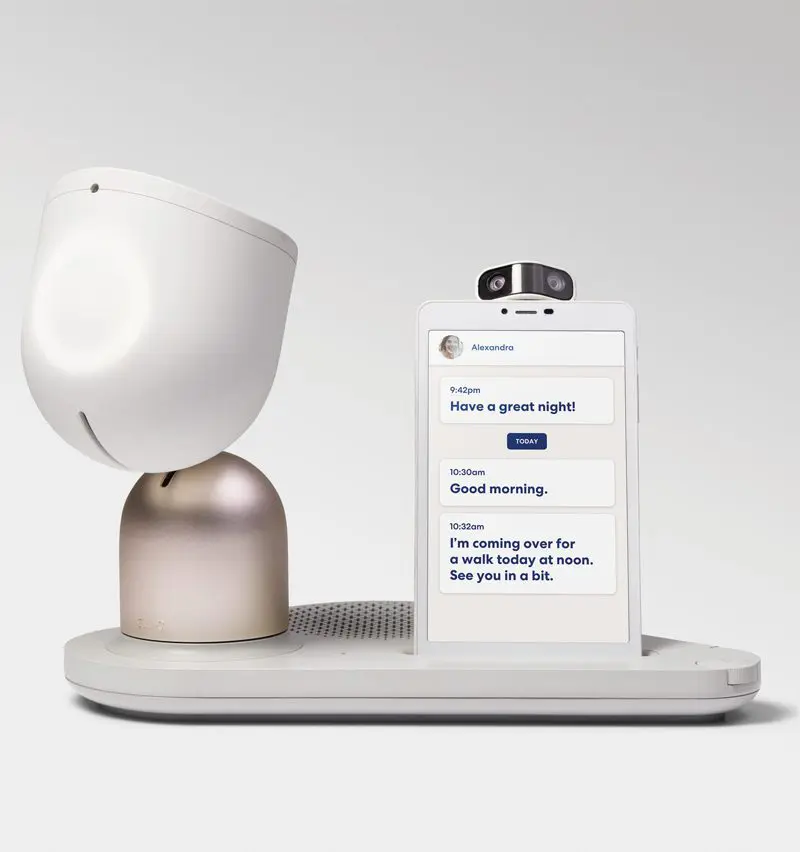
7. The ElliQ robot uses artificial intelligence to keep seniors engaged. The tabletop robot, tested at Toronto’s Baycrest Centre, learns your routines and adapts to your personality. It may, for example, suggest a walk when the weather’s good or a TED Talk when it’s raining. Unlike a passive voice assistant that only responds to questions and requests, ElliQ can deftly start a conversation. It wants to chat. US$1,499. elliq.com
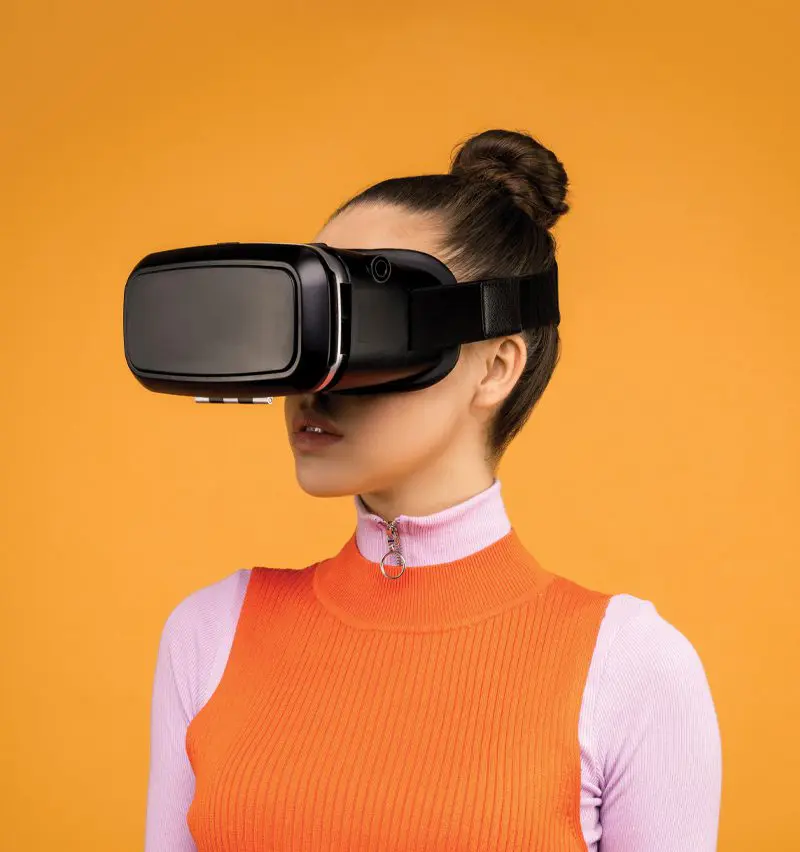
8. After a stroke or injury, the brain rebuilds connections more effectively when you perform a functional task with a meaningful goal, rather than just repeating an exercise. Neuro Rehab VR, employed in rehab clinics, uses a virtual reality headset to mimic real-life settings that make exercises feel more like something you want to do in your everyday schedule. For example, if you need to practise reaching and grasping movements, you might be given a shopping list in a virtual grocery store. The system also analyzes your movements, uses machine learning to customize the tasks to your rehab needs and provides detailed progress reports to health-care providers. Inquire for pricing. neurorehabvr.com
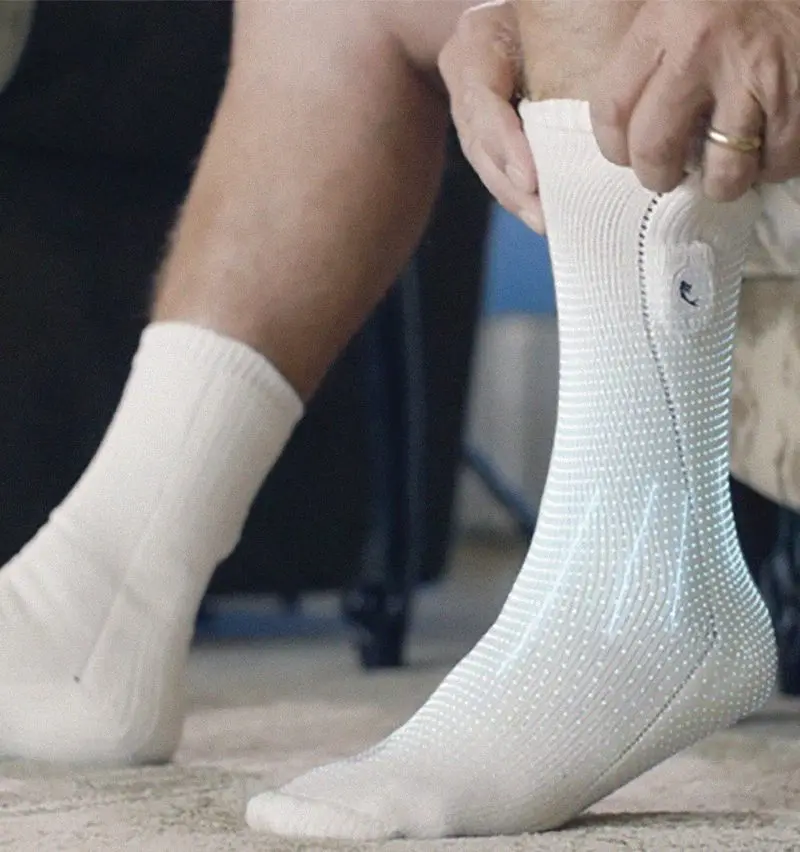
9. Siren Socks send temperature readings from six sensors to a smartphone app. For seniors with diabetes-related neuropathy, the socks can give early warning of a hot spot, which could develop into a dangerous foot ulcer. US$21.95 per month (not yet available in Canada). siren.care
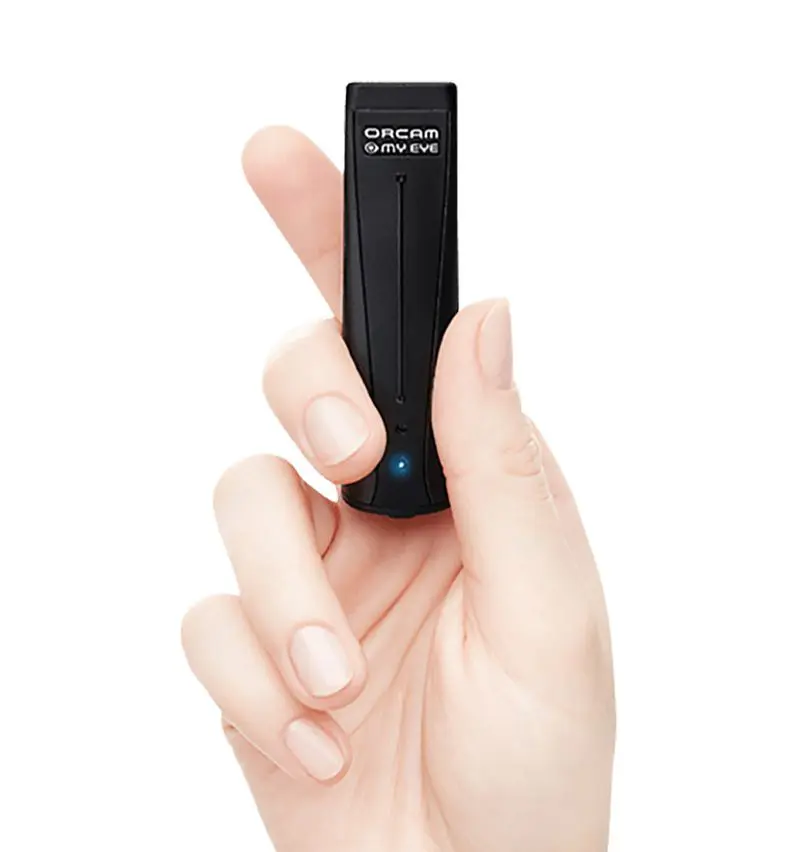
10. For people with limited vision, the challenge of recognizing even familiar faces can be socially isolating. The OrCam MyEye is a finger-sized smart camera that slips over the arm of any pair of glasses. When the device recognizes a face, the wearer hears a message through earbuds identifying the person. The device can read written materials aloud and identify objects, including banknotes and packaged foods. $5,800. orcam.com
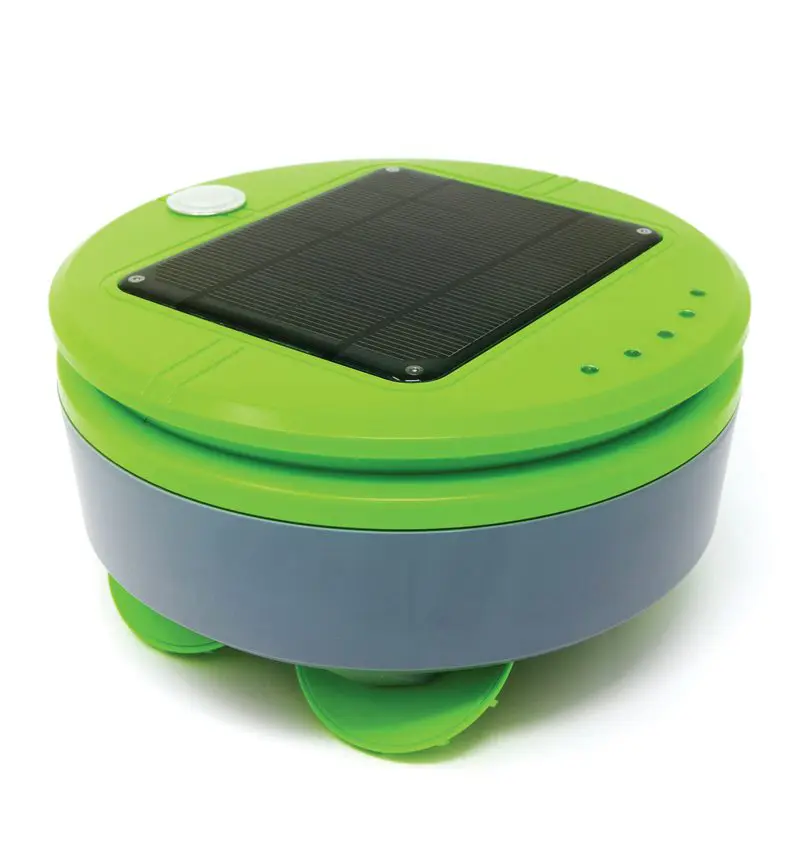
11. Tired of weeding your vegetable garden? The solar-powered Tertill robot will patrol your plot, churning the soil surface or whirling its tiny string trimmer when it finds a plant shorter than an inch tall. When the Roomba-like device gently bumps into a tall plant (or a protective collar around vegetable seedlings), it turns away to weed somewhere else. To prep your garden the first time, you’ll need to set boundaries — any garden fence will do — and remove tall weeds. Then, as soon as the sun recharges its batteries each morning, the Tertill starts wandering around, keeping your garden weed-free. US$349. tertill.com
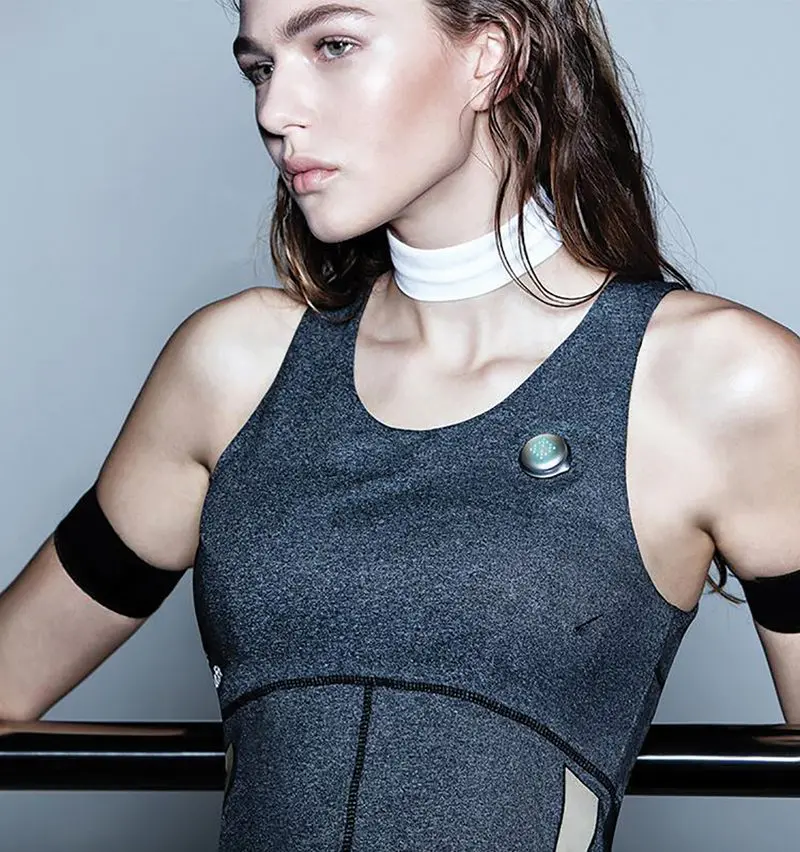
12. Patent applications suggest Samsung is developing a shirt that listens to breathing patterns for early signs of lung disease, including pneumonia and chronic obstructive pulmonary disease. The company’s HumanFit line has already launched clothing that uses your body movements to recharge your phone. samsungfashion.com
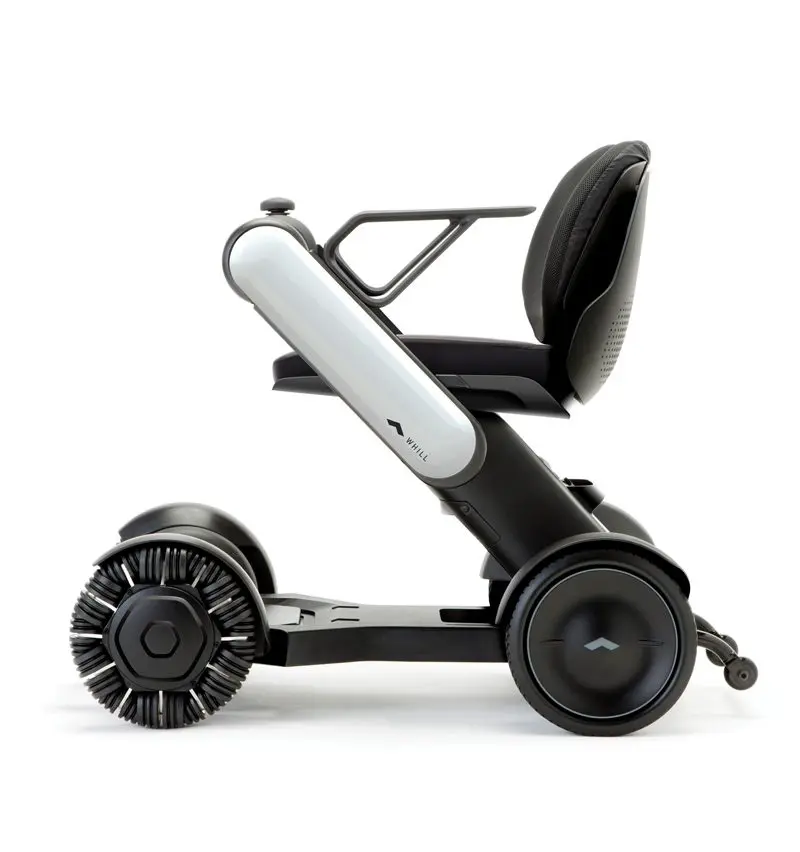
13. Everyone is stressed out in airports, not least by the long, confusing walks and the time pressure to get to the boarding lounge. But if you’re travelling through Tokyo’s Haneda Airport, you can use a smartphone app to summon a self-driving chair that will take you to your gate or anywhere else in the airport. Whill Next chairs use map and sensor technology from self-driving cars to navigate without bumping into obstacles. They travel at a fast walking pace, and when a few are heading in the same direction, they sync themselves into a single-file wheelchair convoy. Closer to home, the chairs have been tested in Winnipeg International Airport. Inquire for pricing. whill.inc

14. The Livio Edge AI combines standard features of advanced hearing aids — ambient noise suppression and speech enhancement among them — with the artificial-intelligence services of a voice assistant. You can stream phone calls, music, a podcast or TV audio directly into the hearing aids, or use the voice assistant to answer a question or set a to-do reminder. The devices can translate speech, detect falls and track your social and physical activity as well. Bonus: The batteries are rechargeable. Price varies. starkeycanada.ca
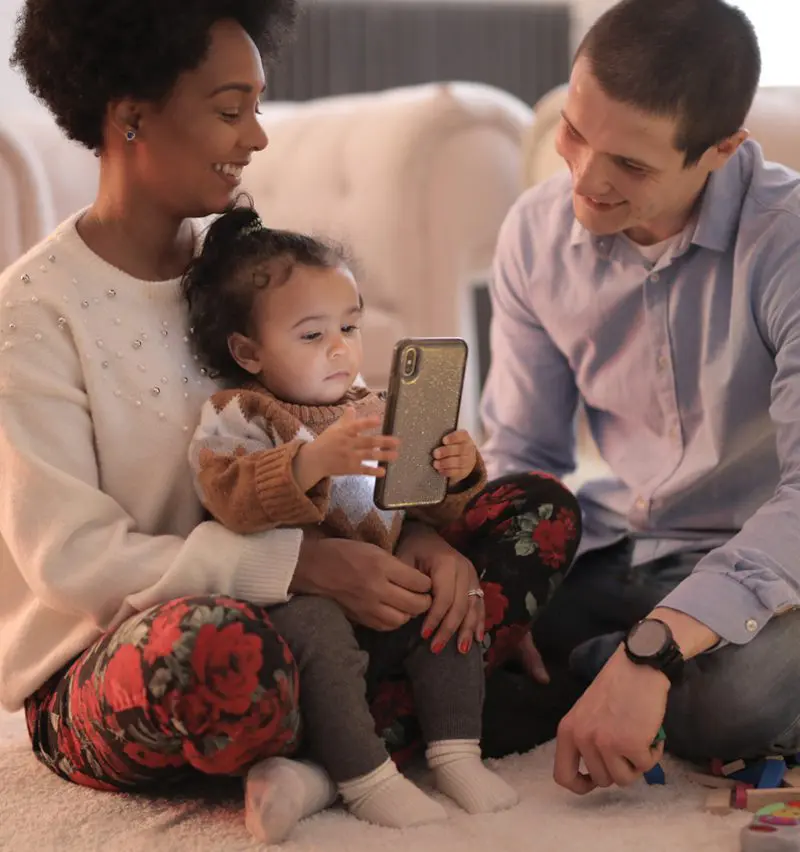
15. Pandemic isolation has made all of us appreciate social interaction. Goodnightzoom.com connects seniors with kids (and parents) for story reading via video call. Seniors sign up with the service and, after an interview, can be paired with a family for storytime. Tell your own story or read a classic the service provides. You’ll be giving busy parents a break and making a new connection. goodnightzoom.com
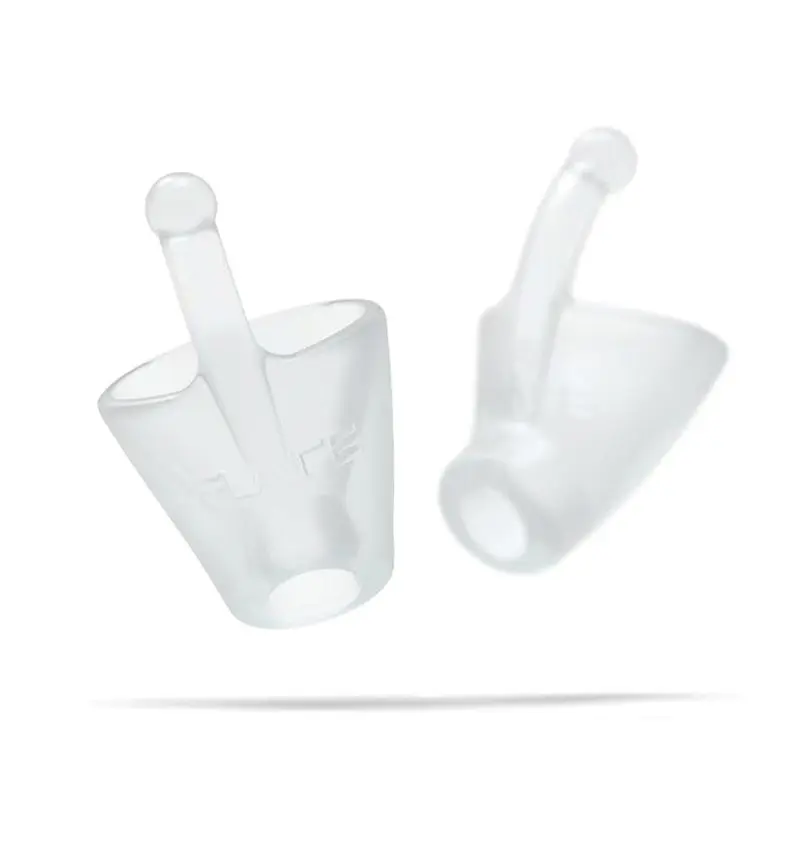
16. Your ear canal and the part just outside (the concha) are shaped like a bell. That bell adds distortion to some mid-range sounds, and distortion triggers our fight-or-flight response. That made sense when we were living in the wild (a twig snap could mean a predator), but now it means everyday sounds can create unnecessary stress. Soft silicone sleeves that fit like earbuds inside the concha slightly change the ear’s acoustics to dampen sound distortion. The makers claim this reduces stress and improves your music-listening experience. Some wearers with tinnitus (though not all) report reduced symptoms — an unexpected effect that’s still being investigated. US$36. flareaudio.com

17. Slow coffee sippers, wake up! The Ember Mug2 temperature-controlled smart mug uses an embedded heating element to keep your drink at the precise temperature you choose for up to 90 minutes, on one battery charge. The mug, which you control with a smartphone app, goes into sleep mode when it’s empty and wakes up when you add liquid. 10-ounce mug, US$99.95. ember.com
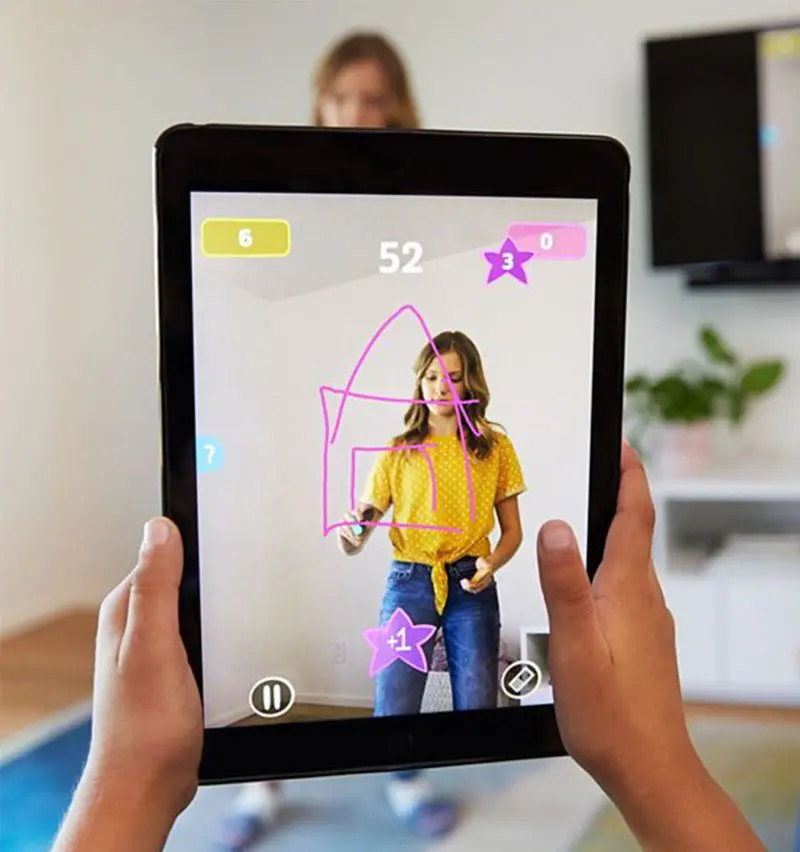
18. Pictionary Air updates the classic pen-and-paper game with an electronic wand. Use the wand to draw in the air, not on paper; your teammates see your sketch on a tablet or smartphone screen. There’s extra challenge for the artist — you can’t see your own work — as well as an opportunity to add charades-style theatrics to your clues. $24.99. mattelgames.com

19. The fist-sized XB12 is a portable Bluetooth speaker from Sony with extra bass for richer sound and up to 16 hours of battery life on one charge. It’s great for backyard barbecues or family picnics. $49.99. sony.ca
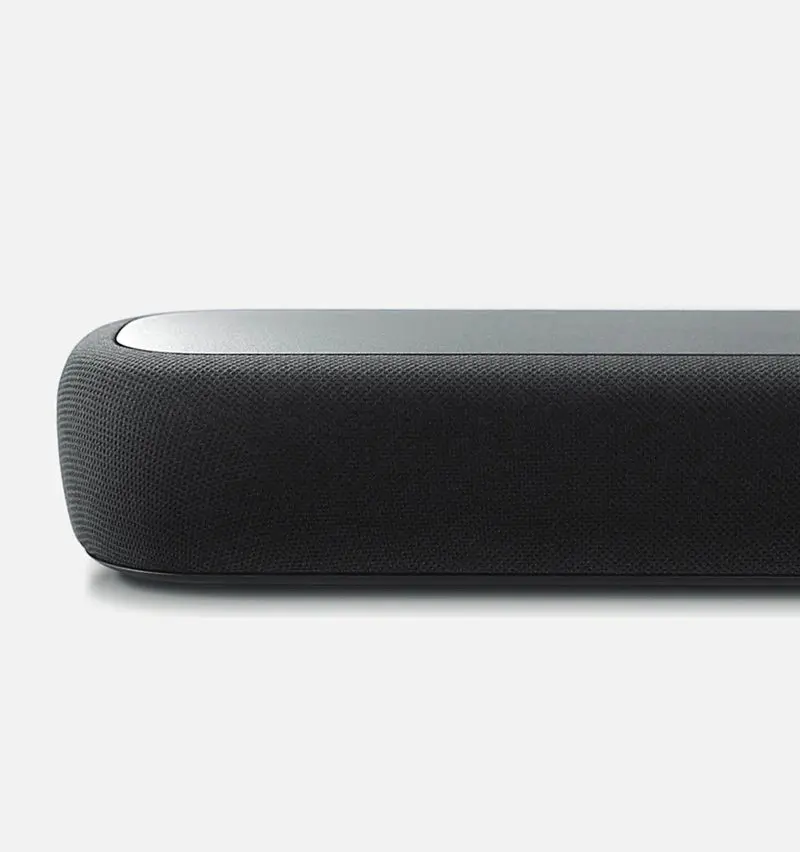
20. Soundbars, those sleek horizontal speakers almost as wide as the TVs they’re mounted above (or below), can greatly improve the sound quality of your Netflix nights without the high cost of a home theatre setup. Yamaha’s YAS-209 has two surround-sound modes (great for blockbuster action) and a voice mode for dialogue-heavy scenes. Stream music from your phone and control the speaker with the built-in Alexa voice assistant. $600. ca.yamaha.com
